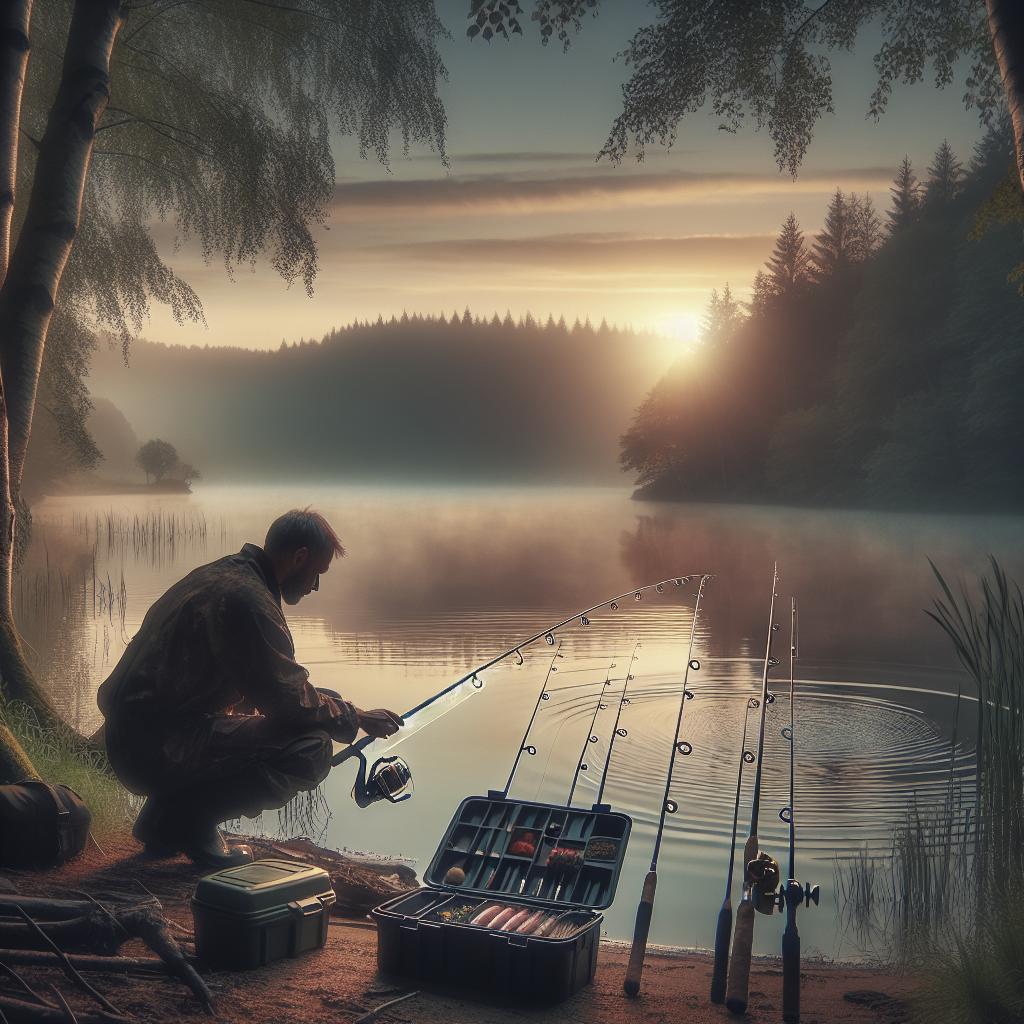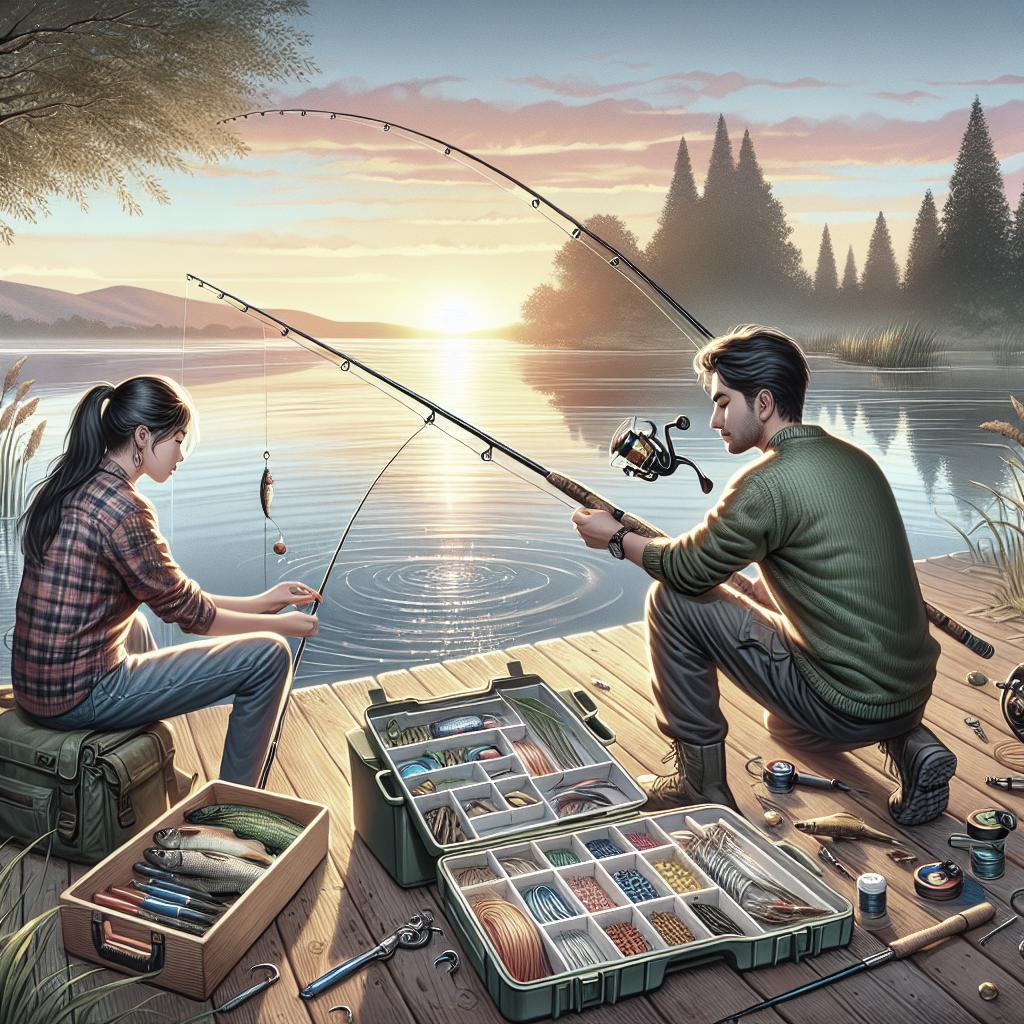“`html
Exploring the Diverse Types of Fishing Nets
Fishing is a vital industry worldwide, providing food, employment, and recreation. The methods used to catch fish range from traditional line fishing to complex net systems. Various fishing nets have been developed to efficiently target different species and environments. Each type of net has its unique design and usage, which can impact marine ecosystems differently. From protection nets for balconies to bottom trawling and longlines, it’s crucial to understand the functions, advantages, and potential environmental repercussions of each. This blog post dives into the different types of fishing nets, discussing their characteristics, benefits, and the challenges they pose to marine ecosystems.
Protection Nets for Balconies: Safety Nets
While not used for fishing, protection nets for balconies are a unique application of netting technology. These nets serve as a safety measure, preventing accidents, especially in homes with children or pets. Made from durable materials, these nets are typically designed to withstand environmental stressors.
Balcony nets also offer some degree of aesthetic flexibility, coming in various colors and sizes to match residential or commercial needs. Their design facilitates easy installation and removal, which makes them a versatile safety feature for architects and homeowners alike.
Bottom Trawling
Bottom trawling is a fishing method where large nets are dragged along the sea floor, capturing everything in their path. This technique is widely used for catching demersal fish species and other sea creatures that live near the bottom of oceans and lakes.
The nets used are massive and heavily weighted to remain in contact with the seabed. This method is efficient for large-scale commercial fishing operations, allowing fishermen to catch a significant volume of fish in one sweep.
Problems with Bottom Trawling
This method comes with substantial environmental concerns. Bottom trawling can severely affect seabed ecosystems, damaging habitats and causing bycatch, where non-target species are caught and usually discarded dead or dying.
The indiscriminate nature of bottom trawling often leads to the destruction of slow-growing species and habitats such as deep-sea corals, which can take decades or even centuries to recover, if at all.
Europe’s Fishermen Battle Conservationists over Bottom Trawling
In Europe, there is a contentious debate between fishermen and conservationists regarding the use of bottom trawling. Fishermen argue it’s a necessary practice to sustain their livelihoods, while conservationists stress the long-term ecological damage that could threaten fish stocks and biodiversity.
Efforts to implement stricter regulations and protective measures have been met with resistance, highlighting the struggle to balance economic needs with environmental sustainability and marine conservation efforts.
Midwater Trawling
Midwater trawling involves towing a net through the water column without making contact with the sea floor. This method is typically used for schooling fish and other species that swim at mid-depths.
Unlike bottom trawling, midwater trawling is considered less destructive to benthic habitats since the nets are suspended and do not disturb the seabed. This method can target specific fish schools, potentially reducing bycatch.
Skimmer Trawling
Skimmer trawling employs a frame towed alongside a boat to funnel fish or shrimp into a mesh net. It’s a common method along coastal waters where it is used for smaller operations.
Although less invasive, skimmer trawling can still pose challenges in terms of bycatch and disturbing habitats, motivating continuous improvements and regulation adjustments.
Dredges
Dredges are metal frames with nets attached, primarily used for harvesting shellfish from the seabed. As they are dragged along the ocean floor, they scoop up whatever lies in their path.
While effective for collecting scallops, clams, and similar catch, dredging can have profound effects on marine habitats, akin to bottom trawling.
Drift Nets
Drift nets are long, curtain-like nets that capture fish by entanglement. They are left to drift with the current, making them effective for capturing a wide range of species.
Drift netting has faced criticism due to significant bycatch and the risks posed to marine mammals and turtles. International regulations have curtailed their use, particularly for large-scale operations.
Gill Nets
Gill nets function by trapping fish by their gills and are highly selective, depending on the mesh size. Commonly used in both saltwater and freshwater fishing, they provide targeted capture for species of particular sizes.
While efficient, the use of gill nets is often associated with bycatch and ghost fishing, where abandoned nets continue to catch marine life unchecked.
Problems with Gill Nets
One of the significant concerns with gill nets is their impact on non-target species, including endangered marine animals that can become entangled.
Efforts to mitigate these impacts include the development of bycatch reduction strategies and the improvement of net design to allow for selective fishing practices.
Longlines
Longlining involves setting out a main line with numerous baited hooks attached, stretching over significant distances. This method is popular for capturing large pelagic species like tuna and swordfish.
With the ability to be highly productive, longlining requires skilled crew members to manage the lines and safeguard against bycatch, which can include seabirds, turtles, and other non-target species.
Problems with Longlines
The inadvertent capture of non-target species remains a critical issue with longlines. Bycatch reduction technologies and improved fishing practices are essential to counteract these problems.
Prolonged unattended lines may result in “ghost fishing,” contributing to unnecessary waste and marine life harm over time.
Bottom Longlines
Bottom longlines, as the name suggests, rest on the seabed and target bottom-dwelling species. They offer fishermen the capability to focus efforts on specific species, such as halibut or cod.
This method is less impactful on the seabed compared to trawling but still faces challenges related to bycatch and gear retrieval that may still lead to significant ecosystem disturbances.
Hook and Line Fishing
Perhaps the simplest form of fishing, hook and line, involves using baited hooks to catch fish. This method is both sustainable and highly selective, with minimal impact on the environment.
Commonly associated with recreational fishing, hook and line can also be utilized on a commercial scale, allowing fishermen to target specific species while minimizing bycatch and fish mortality.
Trolling
Trolling involves dragging baited lines through the water behind a moving vessel. This technique is particularly effective for catching fast-swimming fish, including many game fish species such as salmon.
The lines can be adjusted to target fish at various depths, making trolling a versatile fishing method. It’s frequently used in both commercial and recreational fishing contexts.
Purse Seine Nets
Purse seine nets are designed to encircle entire schools of fish by deploying a large wall of netting around them. Once positioned, the bottom of the net is pulled together to trap the fish—similar to tightening a drawstring purse.
This method allows for the efficient capture of large numbers of fish and is often used for species like tuna and sardines. However, it can also lead to issues with bycatch when non-target species are encircled.
Purse Seine Fishing
The method is frequently employed in areas known for high fish concentration and is effective when targeting surface-dwelling species. Modern purse seining has evolved to include technological advancements, such as sonar, to locate schools more accurately.
Nevertheless, purse seining remains under scrutiny for potential ecological impacts, necessitating continual improvements in net technology and handling practices to minimize its environmental footprint.
Traps and Pots
Traps and pots are fixed gear used to catch crustaceans such as lobsters and crabs. These devices rest on the sea floor and typically allow for the selective capture of targeted species.
Because they can be left for extended periods, traps and pots are susceptible to abandonment, leading to ghost fishing. Responsible management and retrieval are crucial to mitigate these risks.
Pound Nets
Pound nets are stationary wall-like structures placed in water to guide fish into a net enclosure. They are commonly used in coastal fisheries and are effective for capturing fish moving along predictable pathways, such as migratory routes.
While pound nets are minimally invasive, careful consideration regarding their location and setup is important to avoid disruptions to sensitive habitats and migratory patterns.
Lessons Learned
| Fishing Method | Description | Environmental Impact |
|---|---|---|
| Protection Nets | Safety and aesthetic netting for balconies. | Non-fishing application, mostly positive impacts. |
| Bottom Trawling | Dragging nets along sea floor. | Significantly impacts seabed ecosystems. |
| Midwater Trawling | Nets hauled through midwater. | Less harmful to seabed, some bycatch. |
| Skimmer Trawling | Tow nets alongside vessels. | Limited disturbance, potential bycatch. |
| Dredges | Harvesting shellfish from seabed. | Destroys seabed habitats. |
| Drift Nets | Curtain-like entanglement nets. | High bycatch, regulated use. |
| Gill Nets | Fish trap nets by gills. | Selective, still results in bycatch. |
| Longlines | Mainline with baited hooks. | Bycatch challenges, ghost fishing. |
| Bottom Longlines | Placed on seabed for demersal species. | Less destructive than trawling. |
| Hook and Line | Baited hook fishing. | Selective, low impact. |
| Trolling | Dragging bait behind boat. | Versatile, minimal ecological impact. |
| Purse Seine | Encircle and capture schools. | Efficient, potential bycatch. |
| Traps and Pots | Bottom traps for crustaceans. | Susceptible to ghost fishing. |
| Pound Nets | Stationary fish-guiding devices. | Minimal impact, requires careful positioning. |
“`


